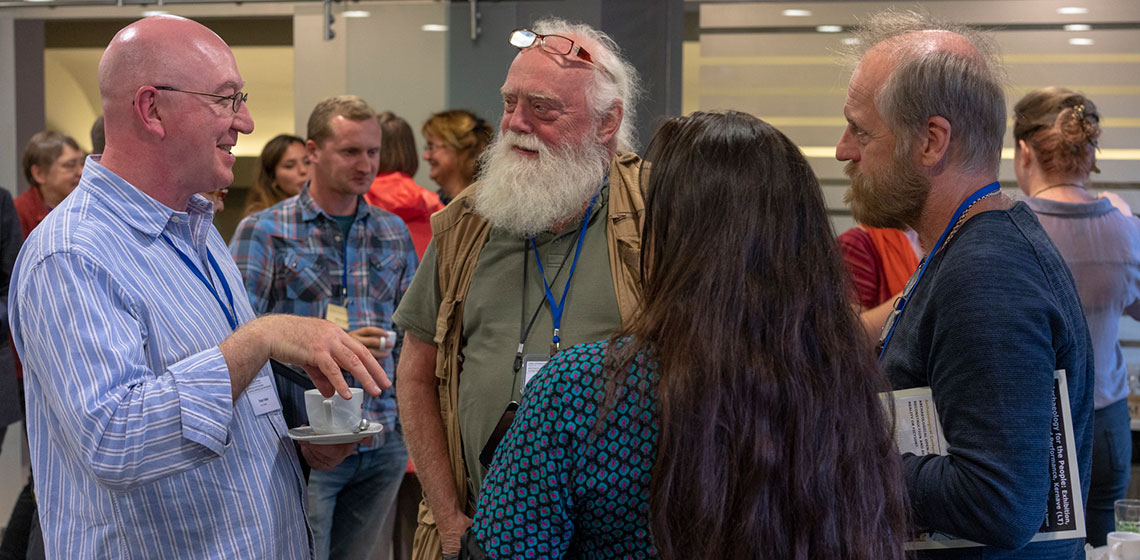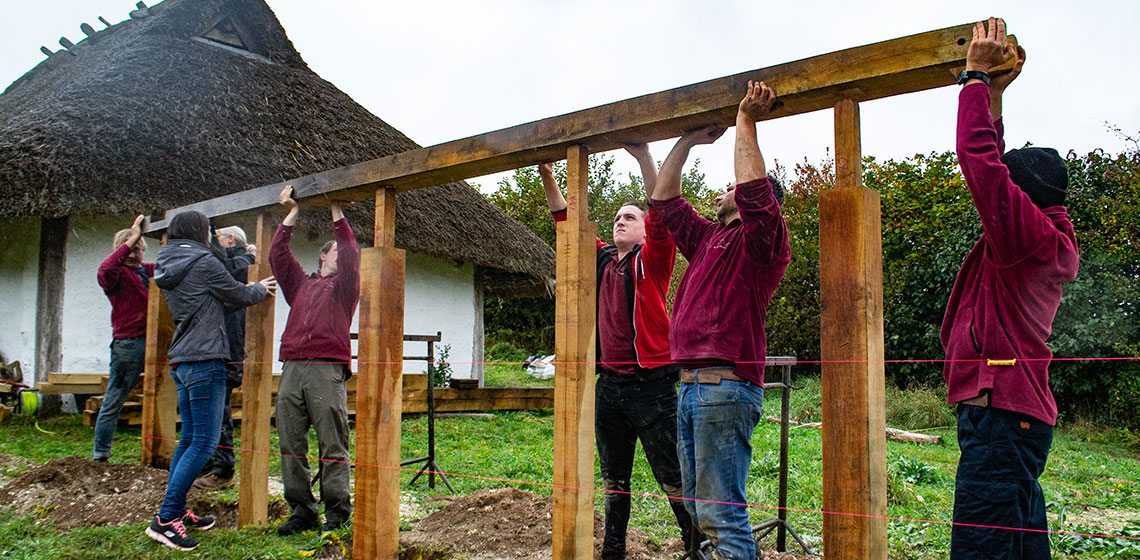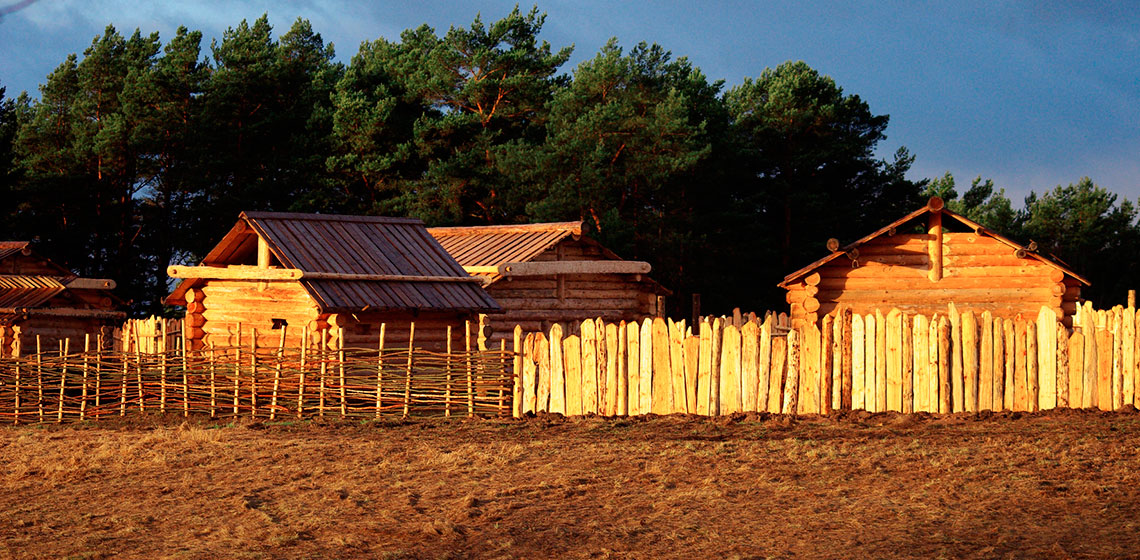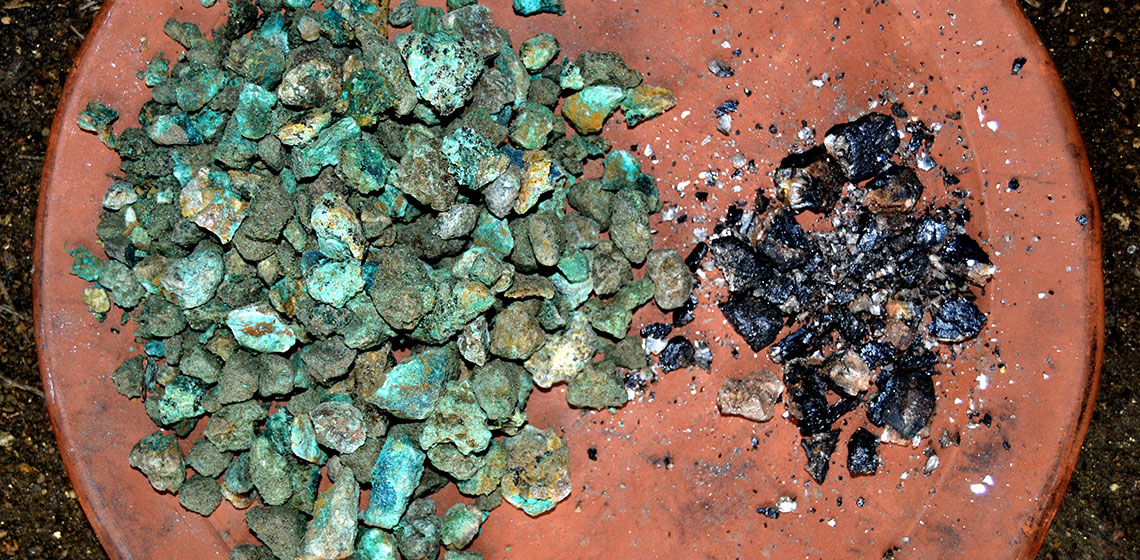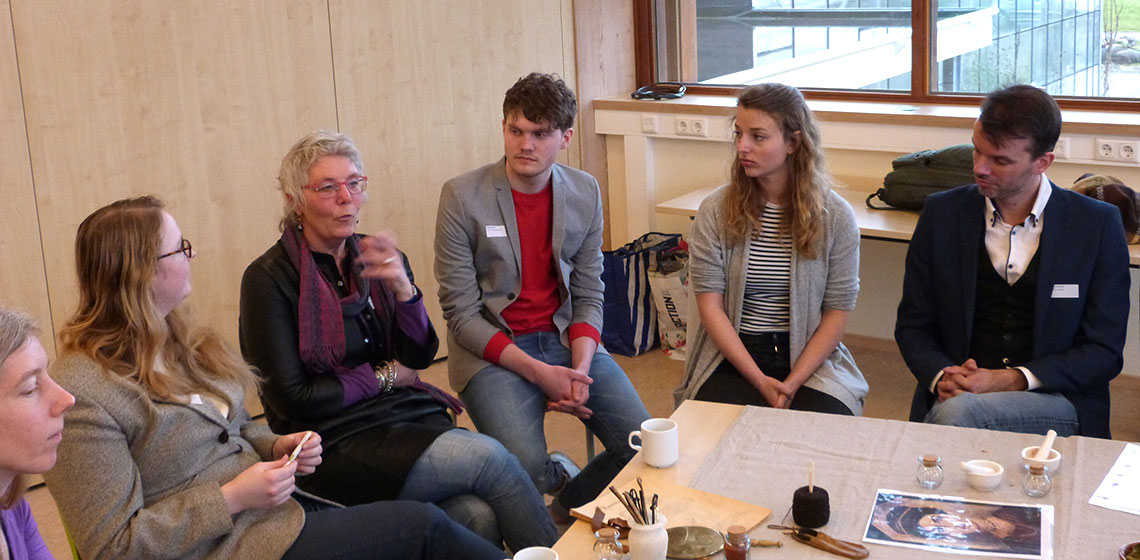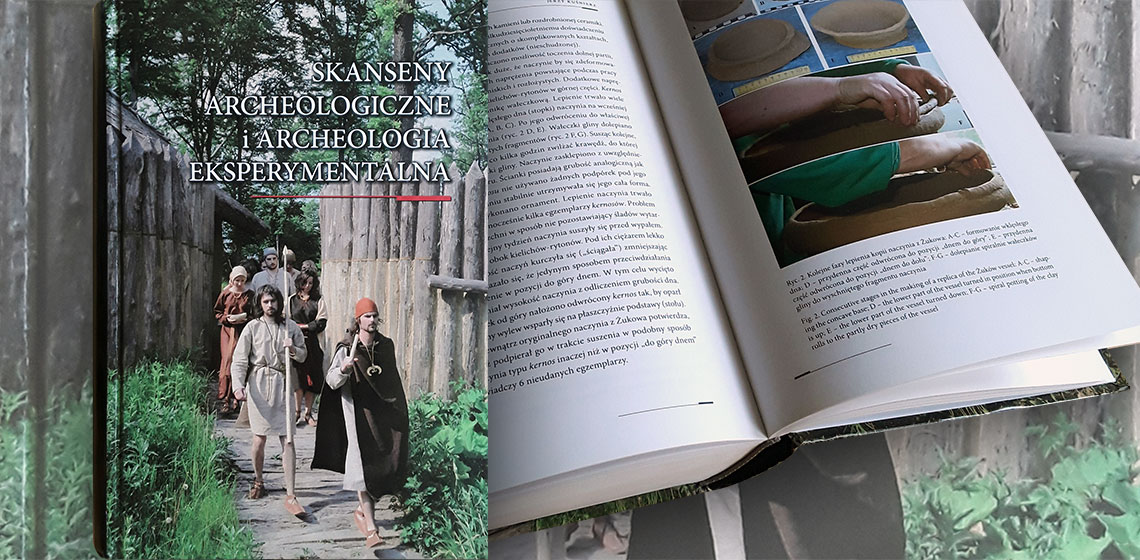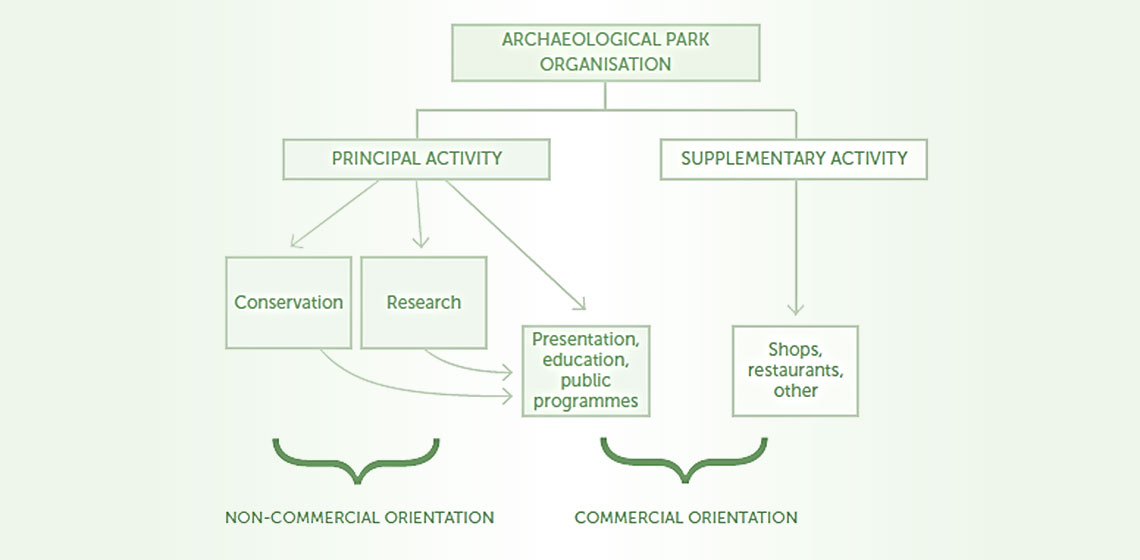Interview: JAPKE – The Female Viking Power-house of Lejre
Jutta Eberhards has been working with drama and living history for over 30 years. Born in the Friesland district in Germany, Jutta has over the years become a power-house in the management group of Sagnlandet Lejre – The Land of Legends (www.sagnlandet.dk). She has been tirelessly working to uphold the standards of the educational method that she and her colleagues developed...

